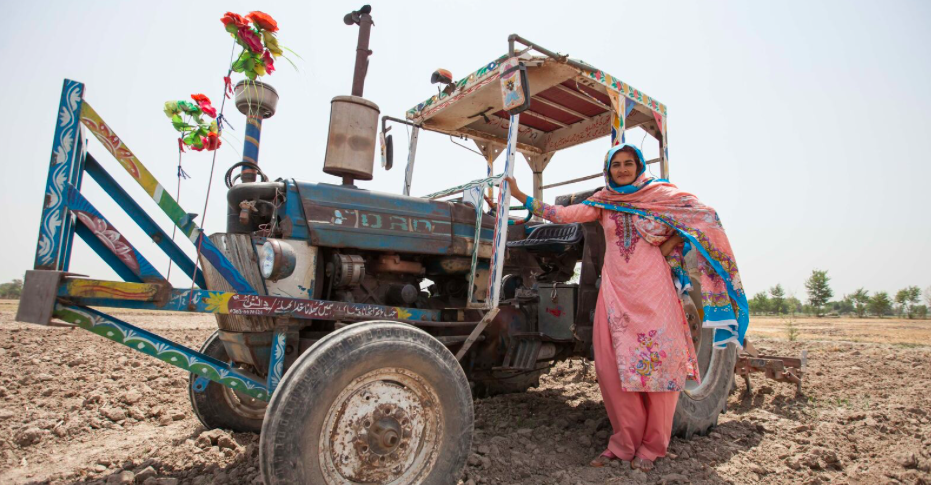BCI was formed by stakeholders from across the cotton sector with a specific intention: to offer an inclusive, efficient approach to more sustainable cotton production through continuous improvement, with the potential to reach a large number of farmers globally and enable transformational change. The fundamental goal is to maximise impact through scale, creating a mainstream solution to the cotton sector’s enduring sustainability challenges. Therefore, from its inception, the Better Cotton Standard System has differed from traditional certification systems, moving beyond compliance and emphasising capacity building and continuous improvement.
- Capacity building focus: BCI emphasises upfront investment in capacity building, working through local partners to ensure farmers are supported to continuously improve. This means farmers benefit from ongoing training regardless of baseline performance level or their compliance status.
- Accessibility for smallholders: 99.4% of cotton farmers participating in the Better Cotton Standard System are smallholders (as of the 2016-17 season). BCI was designed to enable smallholder farmers to participate in the programme and for them to benefit from learning and capacity building opportunities. The BCI model was designed to be cost-neutral for smallholder farmers, and organises these farmers into “Producer Units’ with a designated Producer Unit Manager and staff of Field Facilitators who work directly with the farmers.
- Systematic results monitoring: BCI monitors overall progress in sustainability improvements through systematic measurement of Results Indicators where Better Cotton is produced. This annual data helps BCI and its stakeholders understand the effectiveness of the Better Cotton Standard System in achieving its expected environmental, economic, and social outcomes.
- Driving transformation through brand and retailer sourcing commitments: Unlike many certification schemes, BCI’s market demand is driven primarily by the sustainable sourcing strategies of Retailer and Brand Members, rather than by consumer-facing product claims. BCI does not certify or label specific products as containing “Better Cotton.’ Instead, BCI uses a mass balance chain of custody model to ensure that retailer and brand sourcing commitments are connected to greater production of Better Cotton at farm level, and support continuous improvement of BCI Farmers.
- National embedding strategy: BCI’s long term vision is that Better Cotton production becomes embedded in national cotton governance structures. BCI is working with strategic national and regional partners – either governmental institutions or industry or producer associations – to build their capacity to take full ownership of Better Cotton implementation, eventually operating independently of BCI.
BCI’s unique ambition and desired scale, impact, and operational efficiency inevitably require an innovative approach to assurance. BCI has therefore designed an Assurance Programme that encourages, supports and monitors continuous improvement, with a level of rigour that aligns with BCI’s objectives and the Better Cotton Claims Framework and emphasises accessibility and efficiency. Find out more here.








































